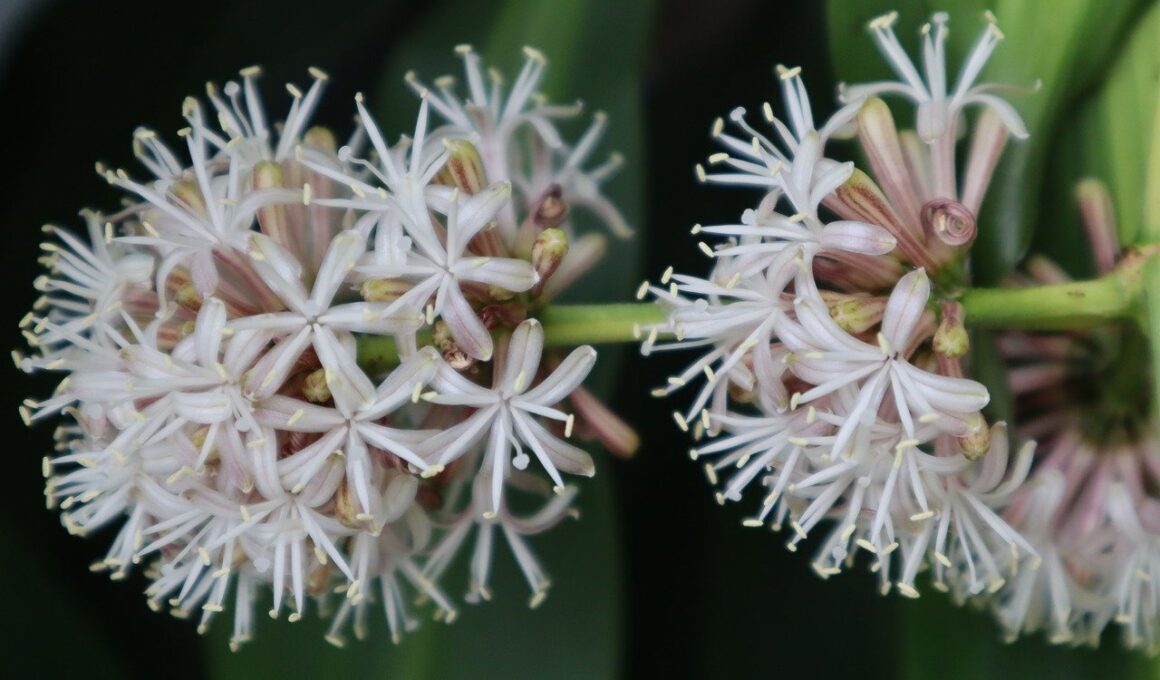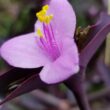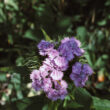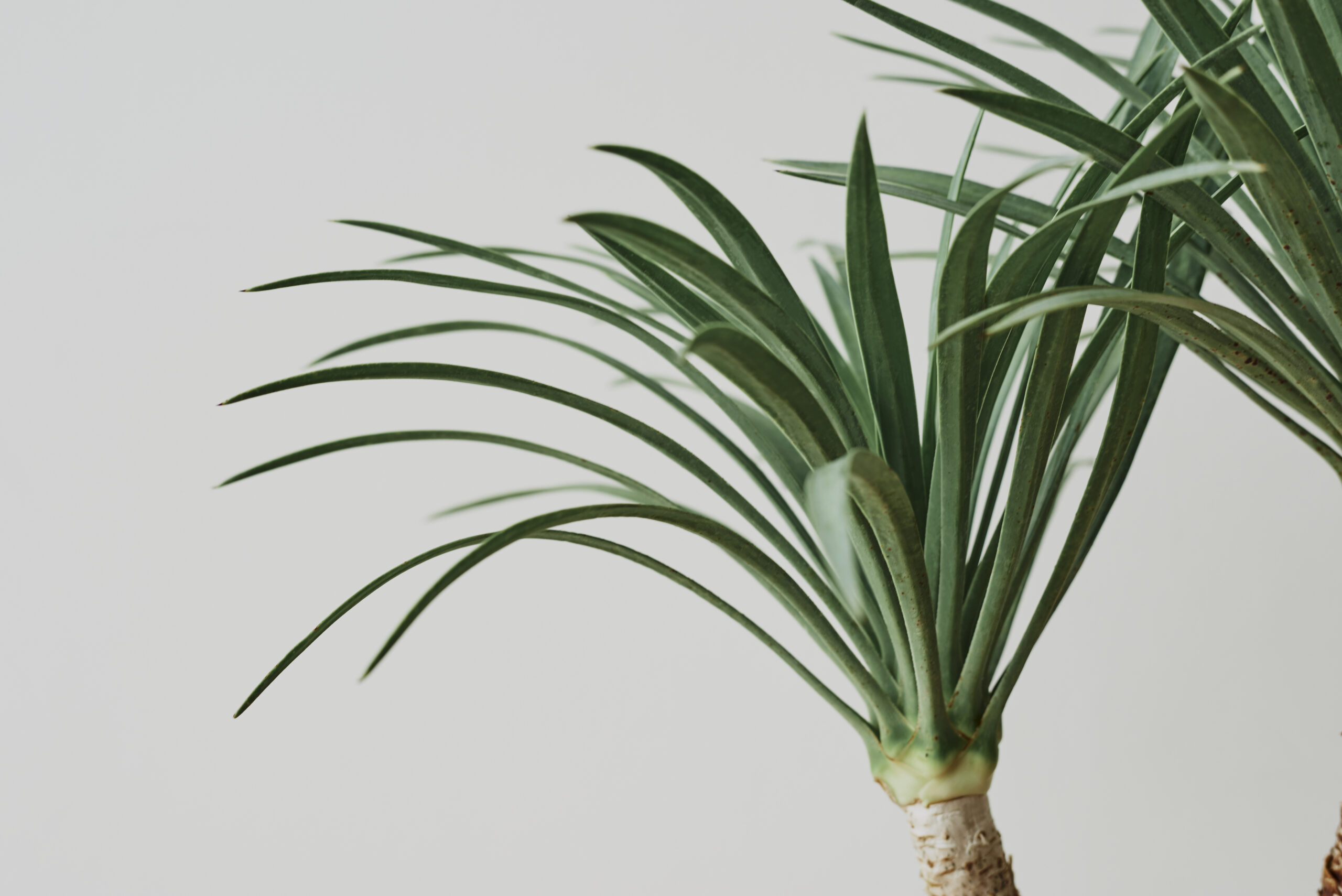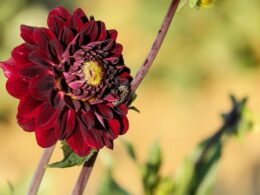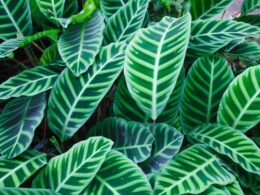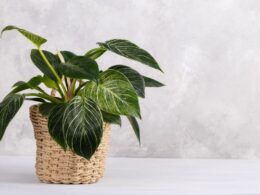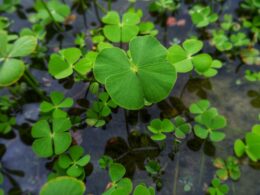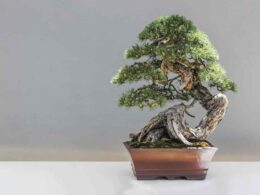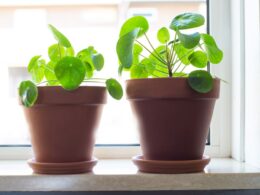One plant that is gaining in popularity lately is the mass cane plant. This plant is easy to care for and can be used to create stunning displays in your house. In this post, we’ll share some tips on mass cane plant care, so that you can enjoy its beauty for years to come.
Mass Cane Plant Care. Dracaena Massangeana Morphology
The mass cane is a member of the Dracaena genus, which contains around 40 species of flowering plants. The mass cane is native to Africa, specifically the countries of Angola and Congo. It is also found in Madagascar, where it grows in the wild. The scientific name for the mass cane is Dracaena fragrans or Dracaena Massangeana. It is also known as the corn plant or dragon tree.
The mass cane typically grows to be around 15 feet tall, with a woody stem and long, strap-like leaves. The plant has green leaves with yellow or white stripes running along the length of them. The flowers of the mass cane are small and white, growing in clusters near the tips of the stems. Now let’s talk a bit about mass cane plant care.
Mass Cane Plant Care. Soil & Sun Needs
Wondering how to care for mass cane plant? First of all, it prefers a well-draining, potting soil mix. It should be watered regularly, but allowed to dry out between watering. The mass cane plant does best in bright light, but not directly shining on its foliage. It can tolerate low light and some direct sunlight, but too much sun will cause the plant leaves to scorch. The mass cane should be fertilized every two weeks during the growing season with a balanced fertilizer.
How to Water a Mass Cane
If you have a mass cane in your home or office, you may be wondering how to water it properly. Here are some tips:
- Mass canes like to be kept moist, but not soggy. Water the plant when the top inch or so of soil is dry to the touch.
- Use room temperature water and water slowly so that the roots have a chance to absorb the moisture.
- Allow any excess water to drain away and never leave your mass cane sitting in water.
- If you’re not sure how often to water, err on the side of too little rather than too much. Overwatering can lead to root rot, which can be fatal to your plant.
Mass Cane Plant Care: Humidity
When it comes to mass cane plant care, humidity is key. This plant loves moisture and will do best in a humid environment. If the air in your home is too dry, you may notice the leaves turning brown and crispy. To increase the humidity around your plant, you can use a humidifier or place it on a pebble tray. Another way to increase the humidity around your mass cane is to mist it regularly.
How to Choose a Pot for a Mass Cane
Now that you know how much light and water your plant needs, it’s time to choose the right pot. The size of the pot depends on the size of your plant, but there are a few other factors to consider as well.
First, make sure the pot has drainage holes in the bottom to avoid root rot. Second, select a pot that is slightly larger than the one your mass cane is currently in. If the plant seems too big for its pot, be sure to repot it as quickly as possible.
Finally, consider the material of the pot. Mass canes are tropical plants, so they prefer to be in pots made of materials that retain heat, such as ceramic or terracotta. Avoid plastic pots, which can get very hot in direct sunlight.
Mass Cane – Common Diseases
Common diseases of mass cane include root rot, leaf spot, and crown rot. Root rot is caused by fungi that attacks the roots of the plant. Leaf spot is caused by a bacteria or fungi that infects the leaves. Crown rot is caused by fungi that attacks the crown or basal stem of the plant. These diseases can be controlled by using fungicides and antibiotics.
Mass cane is a tropical plant and does not tolerate freezing temperatures. If the temperature drops below 50 degrees Fahrenheit, the leaves will turn brown and die. The plant will also die if the temperature gets too high, so it is important to keep it in a cool, dry place. Follow our mass cane plant care tips to keep it healthy and beautiful.
Should a Mass Cane Be Pruned?
Yes, a mass cane should be pruned. Depending on the size and health of this indoor plant, you may need to prune it back quite a bit. If the plant is very large, you may need to remove some canes entirely. Pruning will help encourage new leaves growth and keep the plant healthy. Be sure to remove leaves with brown tips.
Mass Cane Propagation
There are two ways to propagate a mass cane plant: by seed or by division. When propagating by seed, it is best to sow the seeds in a peat-based potting mix in late winter or early spring. Keep the soil moist but not soggy and place the pot in a warm, bright location. Once the seedlings emerge, thin them out so that only the strongest seedling remains in each pot.
When propagating by division, it is best to do so in the spring or summer when the plant is actively growing. With a sharp knife, carefully divide the root ball into 2-3 sections, making sure that each section has at least 1-2 leaves. Plant the divisions in individual pots filled with a peat-based potting mix and water well. Place the pots in a warm, bright location and keep the soil moist but not soggy. After a few weeks, the divisions should start to put out new growth.
Now you know everything about mass cane plant care. Happy planting!





